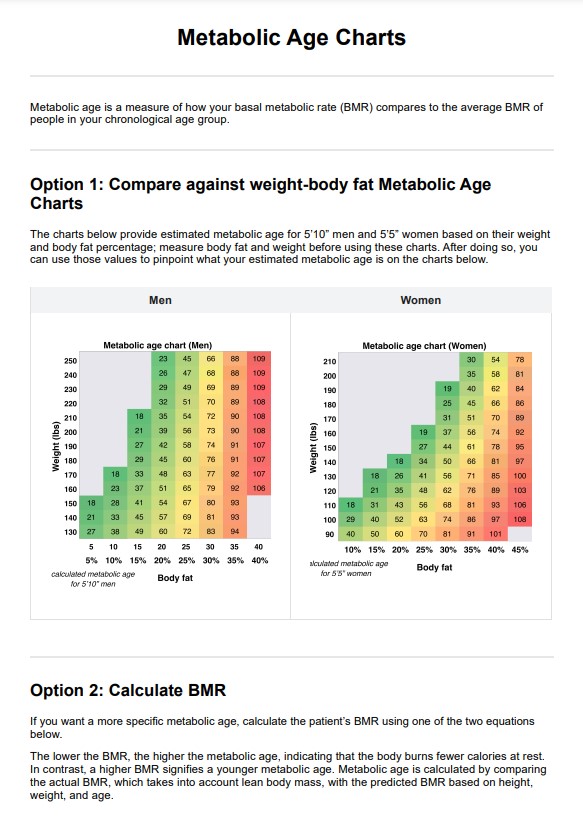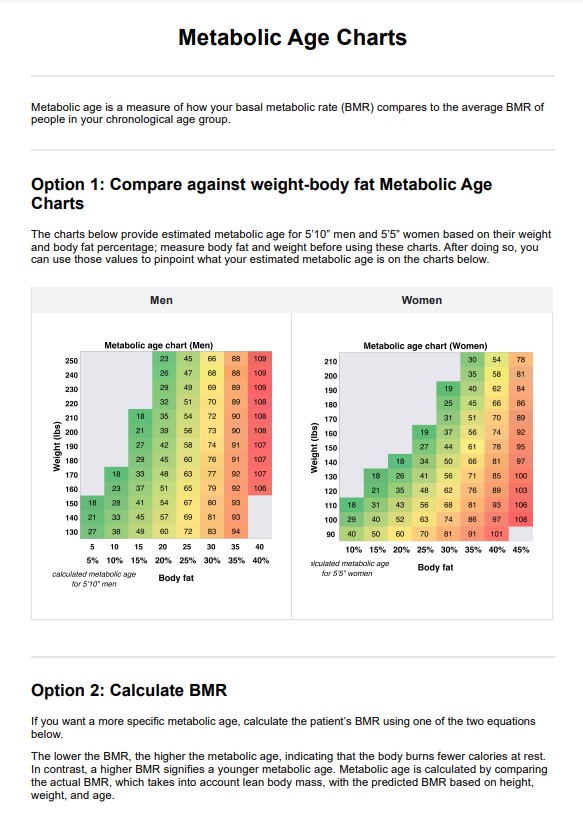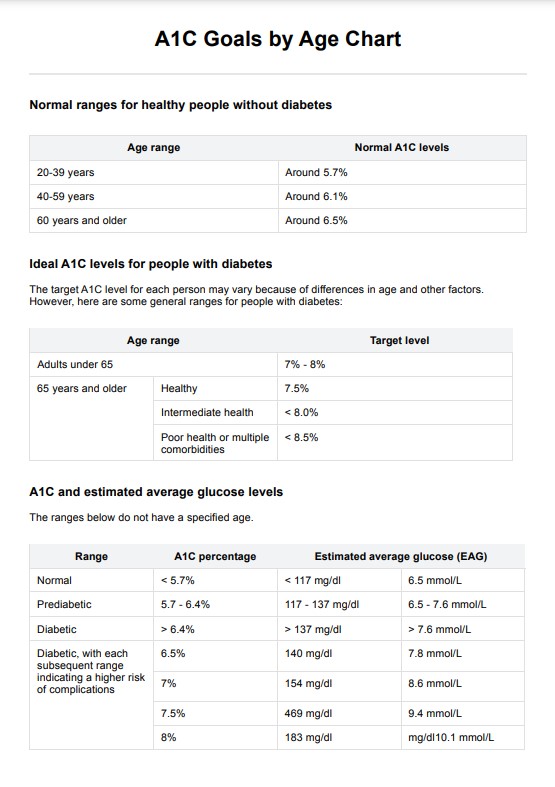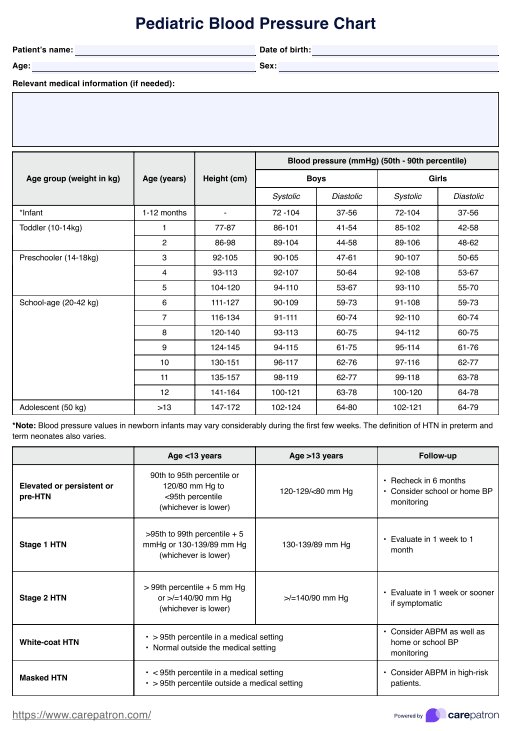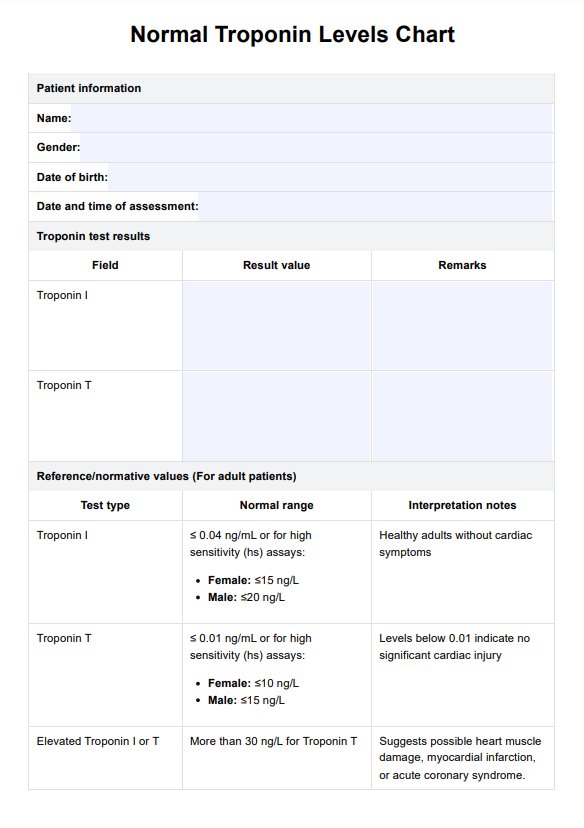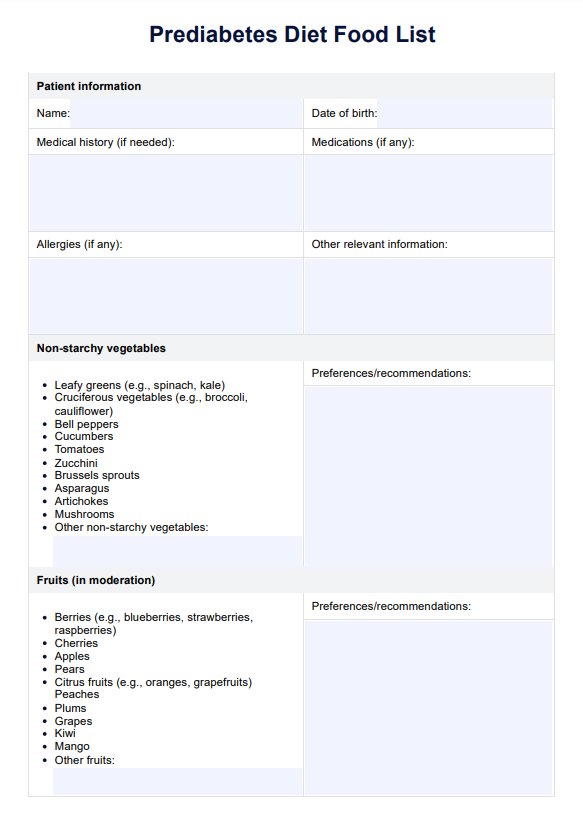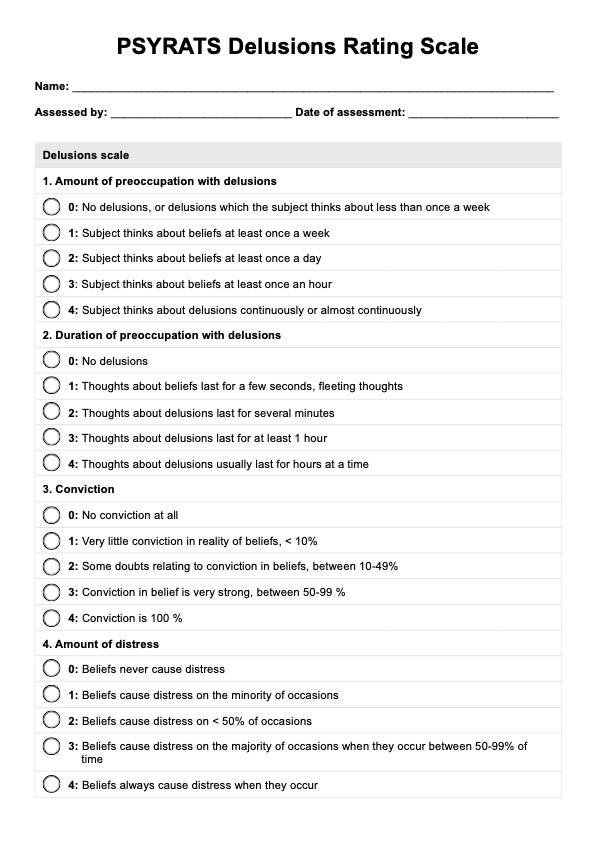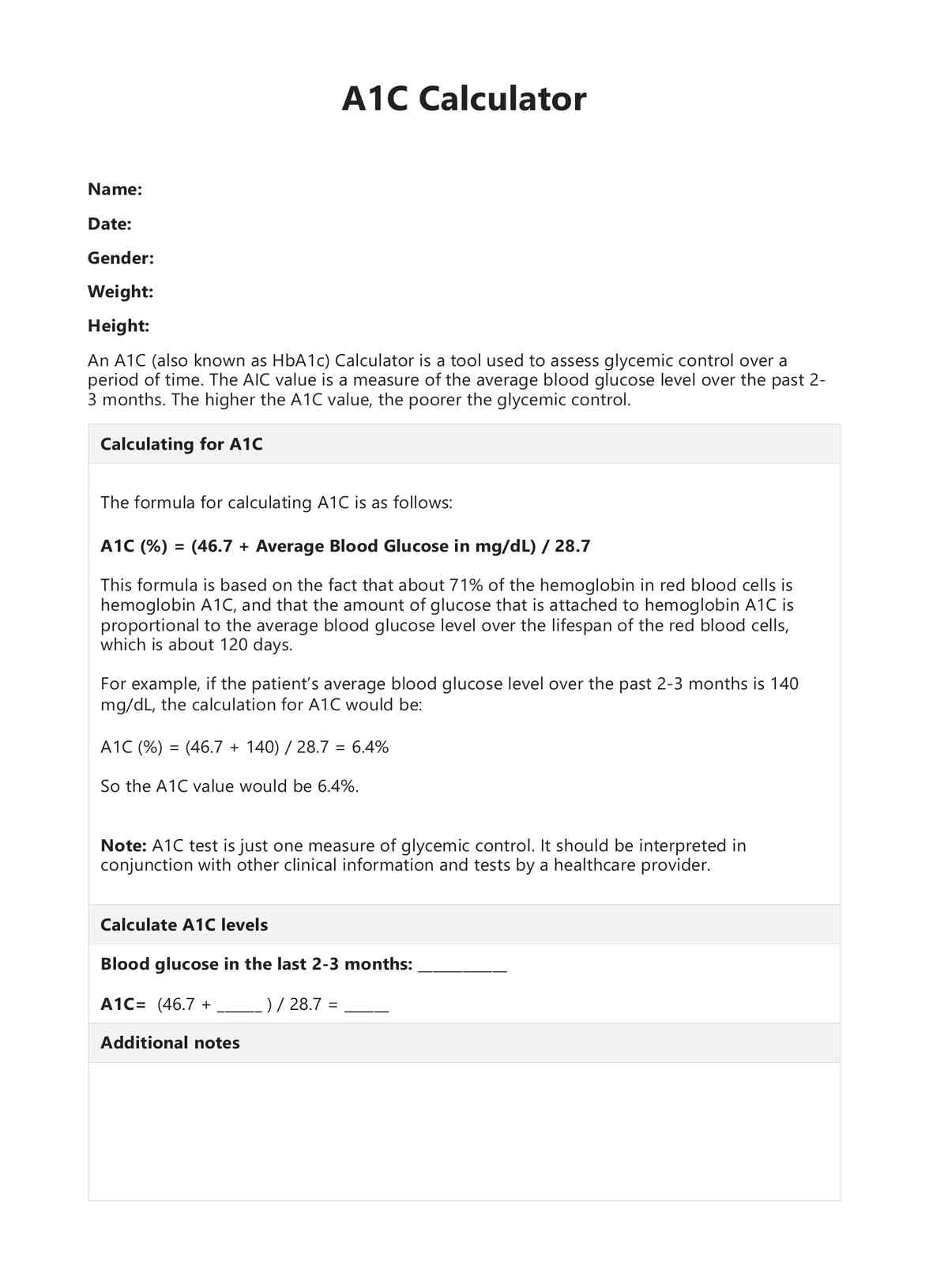Metabolic Age Chart
Calculate metabolic age with the help of our Metabolic Age Chart to compare your BMR.


What is a Metabolic Age Chart?
A Metabolic Age Chart is a comparative tool that offers insight into your body's metabolic health by juxtaposing your Basal Metabolic Rate (BMR) or resting metabolic rate (RMR) against the average BMR of various age groups. This chart shows the age your body resembles in terms of metabolic function rather than the number of years you've lived. It's a concept that transcends mere weight and looks into the core of your body's resting energy expenditure, which is basically the number of calories your body burns at rest to maintain essential functions like breathing and circulation.
Your BMR is the number of calories your body needs to maintain basic physiological functions at rest, and it's influenced by several factors such as muscle mass, body fat, and overall activity level. Muscle tissue, being metabolically active, burns more calories than fat, even at rest. Therefore, a person with greater muscle mass typically has a higher BMR.
The two most common methods for calculating metabolic age are the Harris-Benedict equation and the Katch-Mcardle equation. The Harris-Benedict equation is ideal for most individuals, while the Katch-Mcardle equation is better suited for athletes or those looking for a precise calculation of BMR based on body composition.
Understanding your metabolic age can be a powerful motivator. It's not just about looking good; it's about the inner workings of the body and how well it's aging. Using a Metabolic Age Chart, you can set realistic health and fitness goals for your clients and patients, track progress, and help them work towards a younger, more vibrant metabolic self.
Metabolic Age Chart Template
Metabolic Age Chart Example
How to use our template
Here's how to integrate our template into your practice:
Step 1: Access the template
To begin, press the "Use template" button, which will open the template within the Carepatron app. You can also select "Download" to get a PDF version of the template, which is fillable, shareable, and printable. Keeping a template handy can be useful, as multiple assessments may be required as health changes occur.
Step 2: Distribute or use the handout
For healthcare professionals, distribute the template to your patients for them to track their metabolic age. As a health and fitness tool, the chart can also be used by trainers to guide clients through self-assessments based on their body fat percentage or BMR calculations.
Step 3: Explain the calculation process
Guide patients or clients through the process of using the chart by helping them measure body fat percentage and calculate their BMR. For those seeking more accuracy, explain how they can use the Harris-Benedict or Katch-Mcardle equations to get a more detailed BMR, which is then compared with average metabolic ages.
Step 4: Discuss and set goals
After calculating the metabolic age, work with your patient or client to set health or fitness goals. Whether the goal is to reduce metabolic age through exercise or improve diet to boost BMR, using the data gathered from the chart allows for tailored interventions.
What do the results mean?
A higher metabolic age indicates that the body burns fewer calories at rest compared to others in the chronological age group, often suggesting decreased muscle mass or higher body fat. In contrast, a lower metabolic age signifies that the body is metabolically younger, typically reflecting better fitness and higher lean body mass. There are no universally standardized metabolic age cutoffs, but understanding the relationship between BMR and metabolic age can help shape targeted health strategies.
Regardless, the Metabolic Age Chart is a starting point, not a verdict. It catalyzes change, equipping you with knowledge to make informed health decisions.
When would you use this chart?
The Metabolic Age Chart is an invaluable resource for health professionals, fitness enthusiasts, and anyone intent on a path to wellness. It serves as a mirror reflecting the intricacies of one's metabolic health, thus becoming an essential element in various health and fitness scenarios. Here's when to incorporate this insightful tool into your practice:
- Comprehensive health evaluation: The Metabolic Age Chart is instrumental when conducting a thorough health assessment. It transcends beyond simple metrics to provide a more nuanced view of an individual's metabolic rate compared to others in their age group, offering a unique perspective on one's metabolic efficiency.
- Fitness and nutritional assessments: Fitness trainers can leverage the chart during initial assessments to establish a baseline for clients. By understanding where a client's metabolic age stands, trainers can tailor fitness programs and nutritional plans that are both precise and personalized.
- Goal-setting and personalization: Setting health and fitness goals is not a one-size-fits-all process. The Metabolic Age Chart is the first step to creating specific, measurable, attainable, relevant, and time-bound (SMART) goals by revealing a critical aspect of health that is often overlooked—metabolic age.
- Tracking diet and exercise impact: Health professionals and individuals can use the chart to monitor how diet modifications and exercise regimens influence metabolic age over time, thus verifying the effectiveness of these interventions.
- Educational and motivational tool: Understanding your metabolic age can be a wake-up call to lose weight or a pat on the back for a goal achieved. It is an educational tool that motivates patients and clients to adopt healthier lifestyle choices when necessary.
- Professional insight and client engagement: Healthcare providers and fitness professionals can utilize the Metabolic Age Chart to engage clients more deeply in their health and wellness journeys. It provides a visual, tangible reference point that encourages ongoing dialogue and health plan adherence.
The Metabolic Age Chart is not just a static resource but a dynamic aid that should be used regularly to gauge and guide the effectiveness of health strategies. Its applicability ranges from professional settings, which can enhance client consultations, to personal environments, where it catalyzes health-conscious individuals aiming for longevity and vitality.
Commonly asked questions
Your metabolic age should ideally match or be younger than your chronological age, but this varies depending on fitness, muscle mass, and lifestyle factors. Overall, a younger metabolic age than actual age is better, while a higher metabolic age is worse as it may mean higher blood pressure and body weight.
You can calculate your metabolic rate using equations like the Harris-Benedict or Katch-Mcardle methods, which estimate BMR based on weight, height, age, and body composition.
To improve your metabolic age, focus on building lean muscle mass through resistance training and increasing physical activity, which boosts your Basal Metabolic Rate. Also, try to avoid weight gain and fat mass.

.jpg)
